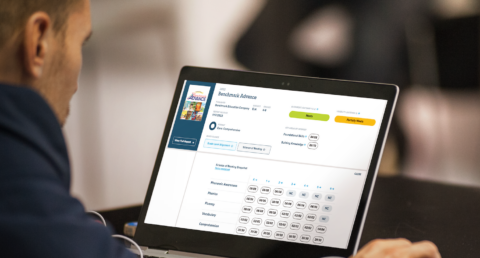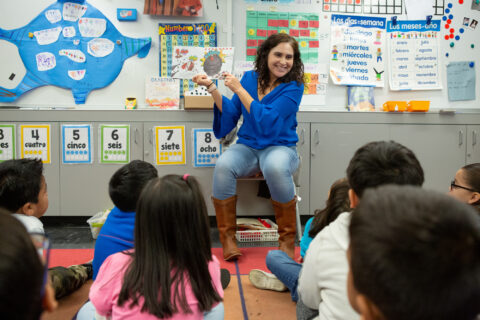Does EdReports Review for Reading Science? FAQs Regarding EdReports’ ELA Reviews
This document answers frequently asked questions about EdReports’ ELA review process and how it addresses key research components often discussed when referring to the science of reading.
Related Resources
article
Introducing EdReports’ New Science of Reading Snapshots
Explore in-depth data about science of reading content in early literacy curriculum, plus a guide to the ELA curriculum formats that EdReports reviews.
article
ELA K–5 Review Criteria: Quick Guide on Where to Locate the Science of Reading
Explore our guide to where to locate the science of reading in each of EdReports' K–5 ELA review tools.
article
How to Select a High-Quality K–5 ELA Curriculum
Seek out K–5 ELA materials that empower teachers to help every student succeed in elementary ELA, plus a guide to early literacy curriculum formats.


